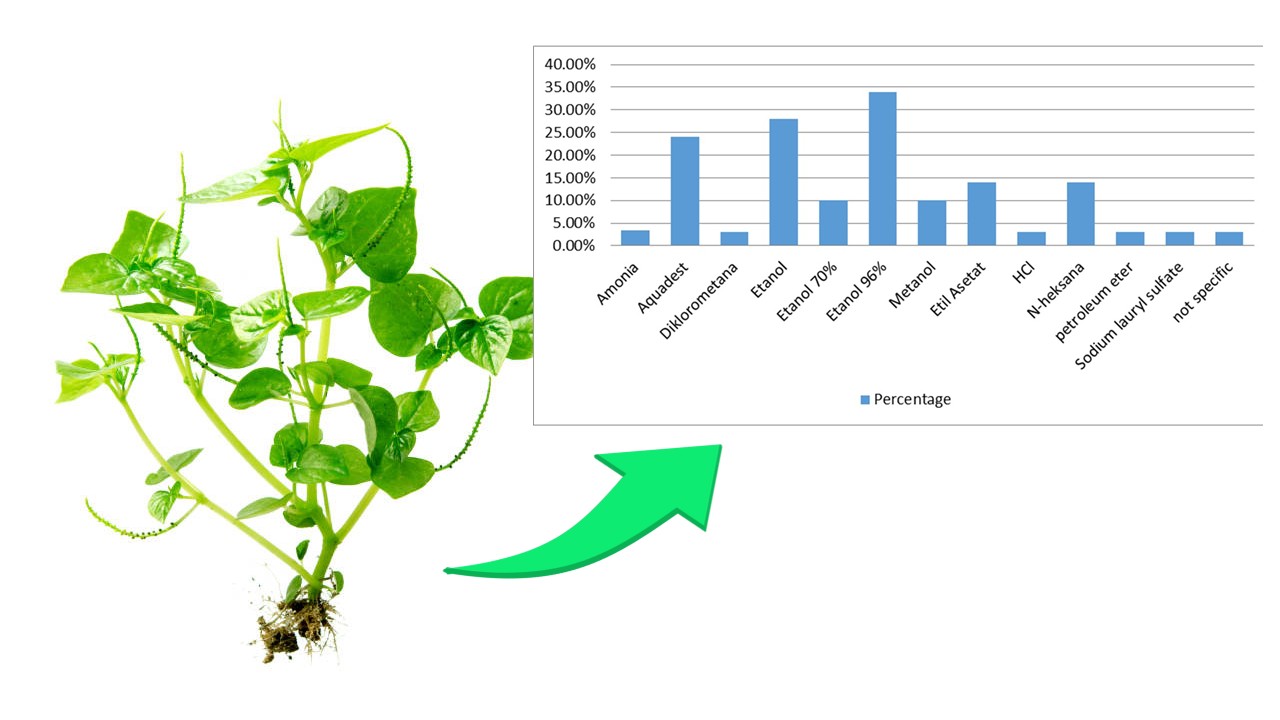Pharmacology study of peperomia pellucida : A scoping review
Keywords:
peperomia pellucida, anti-cancer, anti-bacterial, anti-inflammatory, anti-fungalAbstract
People have long used various plants for traditional medicine. One of the medicinal plants used by local communities is suruhan or Chinese betel (Peperomia pellucida). Peperomia pellucida has various local names, such as suruhan, Chinese betel, worm grass, earth betel, pansit-pansitan, glass grass, and Chinese siheah daing. in this study we will examine the pharmacological effects of the Chinese betel plant. suruhan plants are used in traditional medicine in various ways, depending on the type of disease. the method to be used in this study is marseration extraction using 96% ethanol. The most widely used part of the plant is the leaves.with test animals namely mus muculus. Chinese betel contains various bioactive compounds, such as alkaloids, flavonoids, sterols, tannins, saponins, triterpenoids, carbohydrates, phenols, azulenes, carotenoids, and quinones. Chinese betel is very potential to be developed as an herbal medicinal material, including antibacterial, anticancer, and antifungal. in further research, it is necessary to develop better dosage formulations to improve stability, bioavailability, and ease of use of Chinese betel-based products.







